Understanding Chest Pain While Deep Breathing
Chest Pain while Breathing Deeply
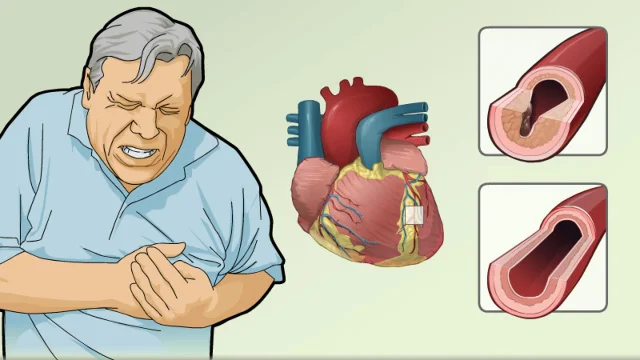
Chest Pain while Breathing Deeply
Introduction Exercise-induced asthma is a condition in which the airways of the lungs are narrowed and triggered by strenuous activities. It causes breathlessness, wheezing, coughing, and other symptoms during or after exercise. The preferable diagnosis for this condition is exercise-induced bronchoconstriction. Its name suggests that asthma is triggered by vigorous or prolonged exercise or physical…
What is a Chest physiotherapy treatment? Chest physiotherapy may be a broad term utilized in research that includes physiotherapy treatment techniques that address the removal of secretion and improve airway clearance thereby helping to boost respiratory efficiency. Chest physiotherapy is the term for a bunch of treatments designed to eliminate secretions, thus helping to decrease…

What is a Postural Drainage? Postural Drainage removes mucus from certain parts of the lungs by using gravity and proper positioning to bring the secretions into the throat where it is easier to remove them. The lungs are divided into segments called lobes, the right lung is divided into three lobes (right upper lobe, right…
RESPIRATORY PHYSIOLOGY – Respiratory physiology is the process of incorporation of oxygen into the environment for the utilization of energy from organic compounds and for the elimination of carbon dioxide. TIDAL VOLUME(500 ml) The volume of air breathed in and out at rest is known as the tidal volume (TV). This is found to be…
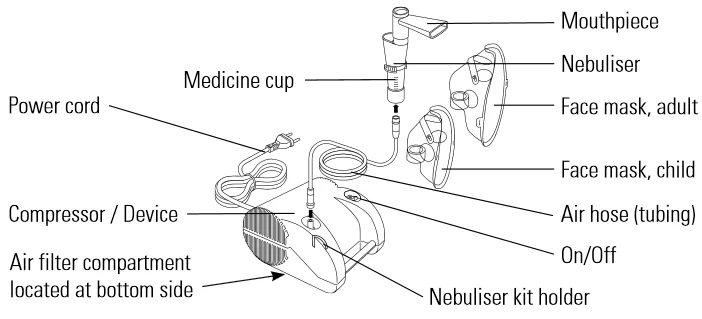
What is a Nebulizer? A nebulizer is a medical device that converts liquid medication into a fine mist or aerosol, which can then be inhaled directly into the lungs through a mouthpiece or mask. This method of delivery is particularly effective for patients with respiratory conditions such as asthma, chronic obstructive pulmonary disease (COPD), and…
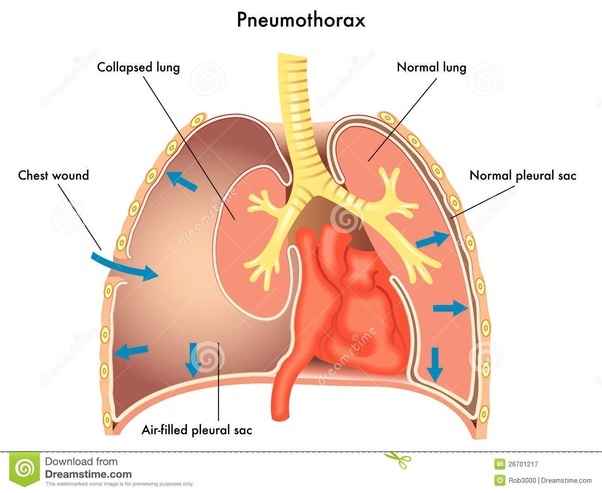
DEFINATION- ”A pneumothorax is an abnormal collection of air in the pleural space between the lung and the chest wall”. Symptoms typically include sudden onset of sharp, one-sided chest pain and shortness of breath. In a minority of cases the amount of air in the chest increases when a one-way valve is formed by an…
DEFINATION- ”A pleural effusion is excess fluid that accumulates in the pleural cavity, the fluid-filled space that surrounds the lungs. This excess fluid can impair breathing by limiting the expansion of the lungs”. Various kinds of pleural effusion, depending on the nature of the fluid and what caused its entry into the pleural space, are…
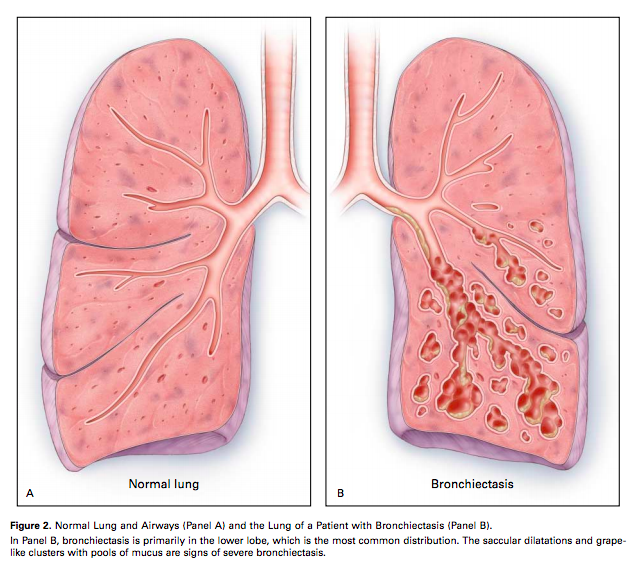
DEFINATION- Bronchiectasis is an obstructive lung disease that results from the presence of chronic inflammatory secretions and microbes leading to the permanent dilation and distortion of airway walls, as well as recurrent infection . MECHANISM OF INJURY/ PATHOLOGICAL PROCESS- Bronchiectasis is chronic irreversible dilation of the bronchi on the lungs. It follows a severe lung…
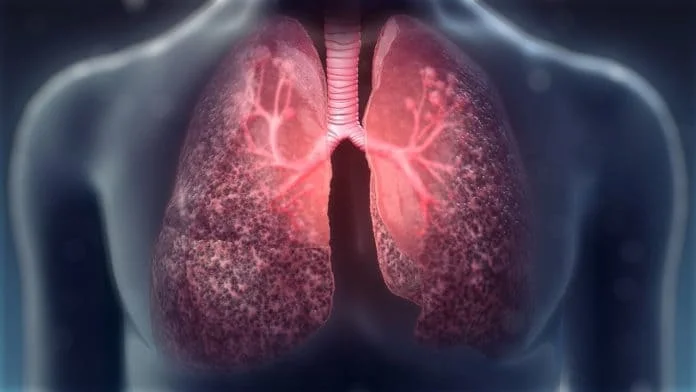
What is a Cystic Fibrosis? DEFINATION – CYSTIC FIBROSIS(CF) is a hereditary disorder of the exocrine glands, with a high sodium chloride content in sweat and pancreatic insufficiency, resulting in malabsorption. There is hypertrophy and hyperplasia of mucus-secreting glands, resulting in the excessive mucus production in the lining of the bronchi, which predispose the patient…